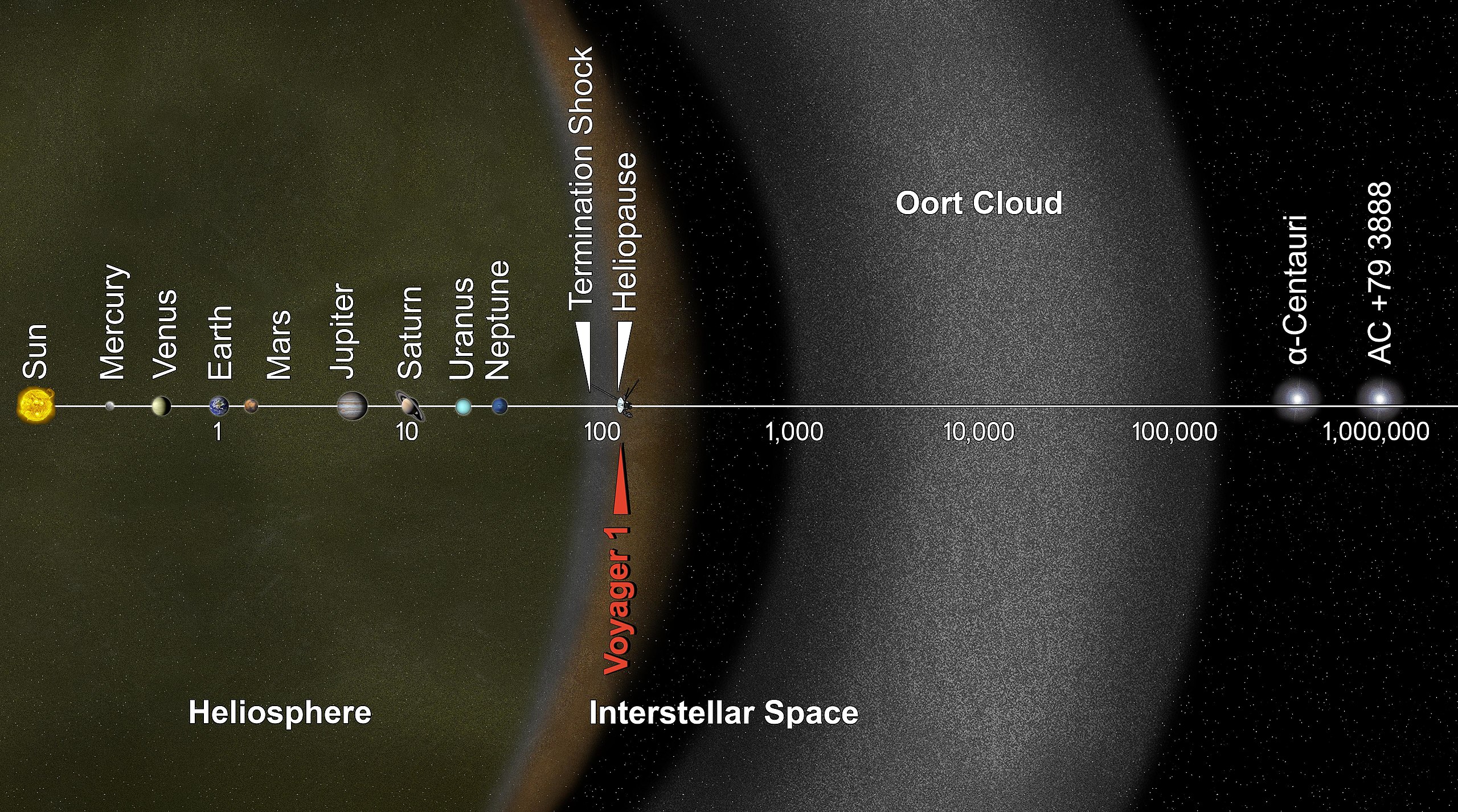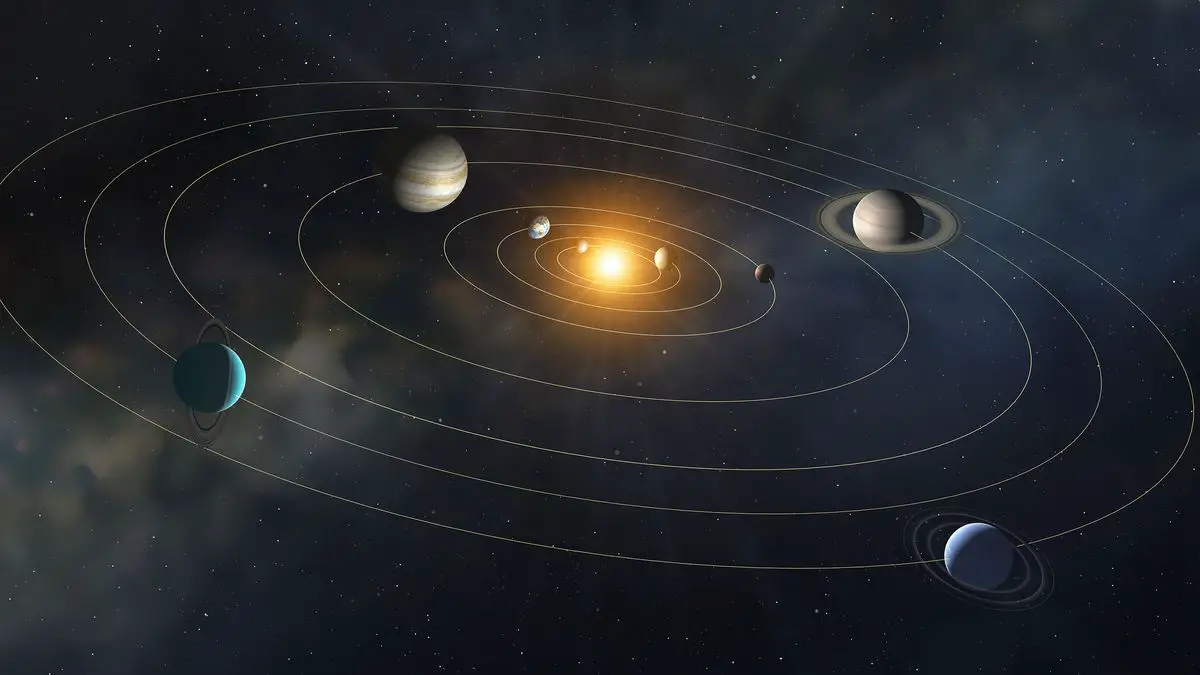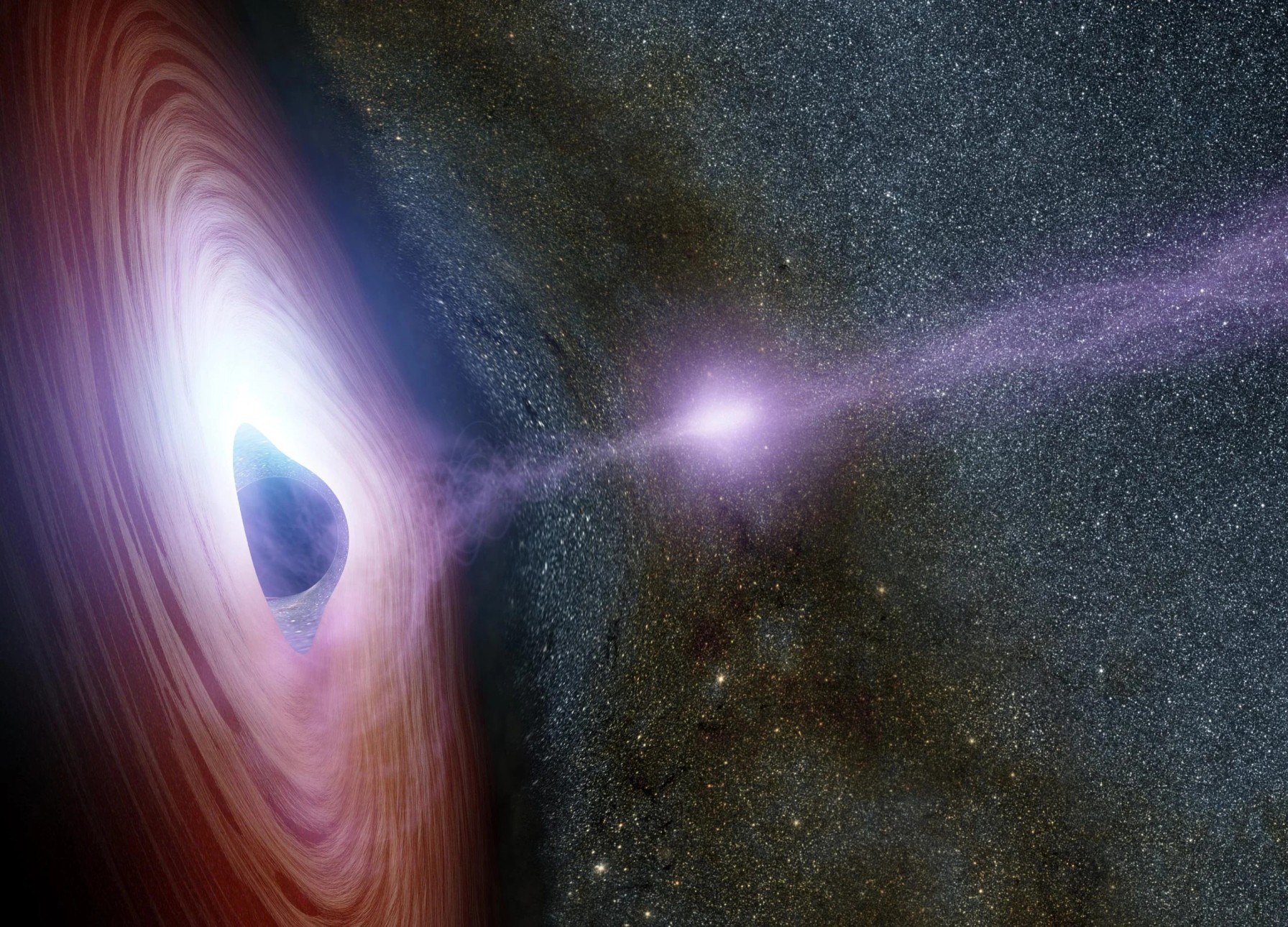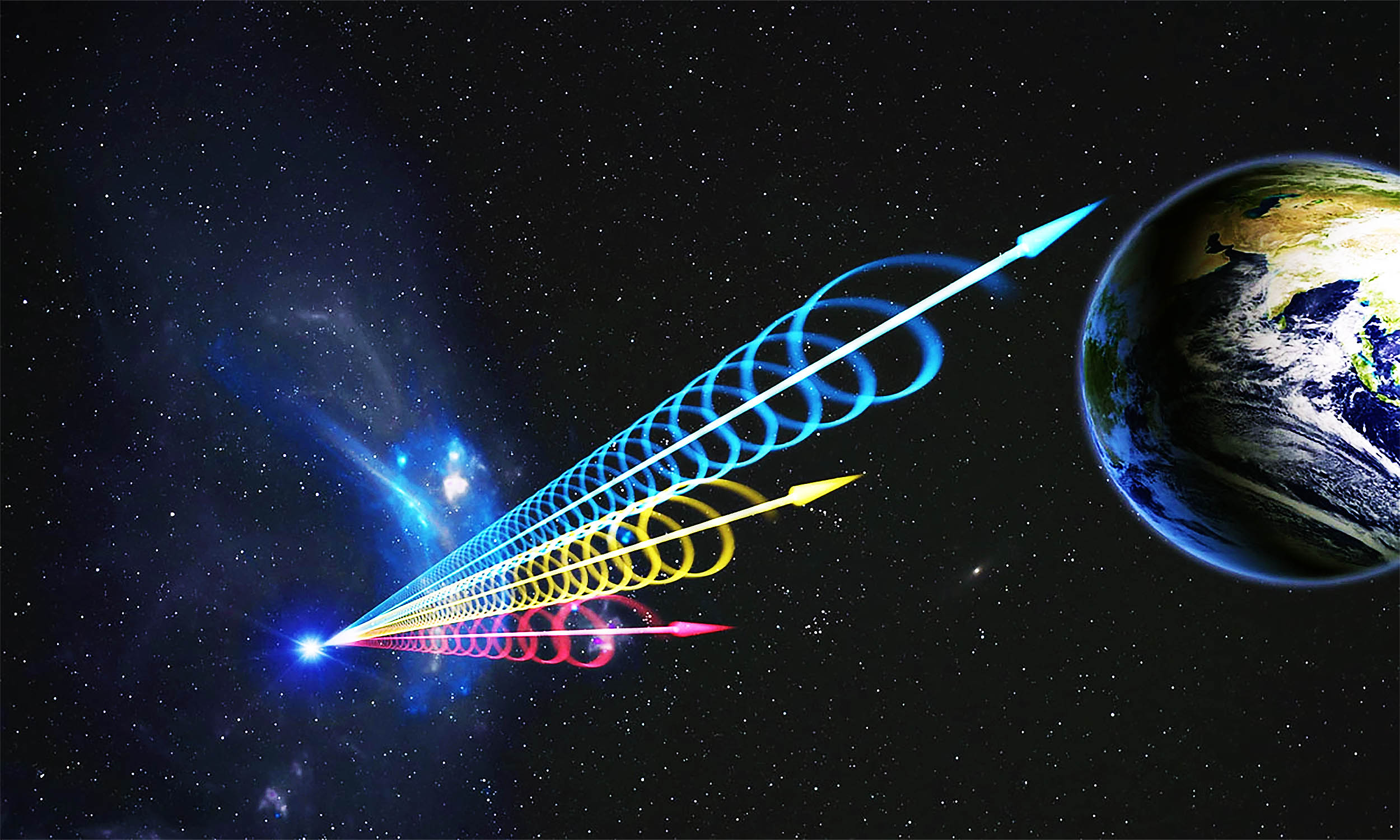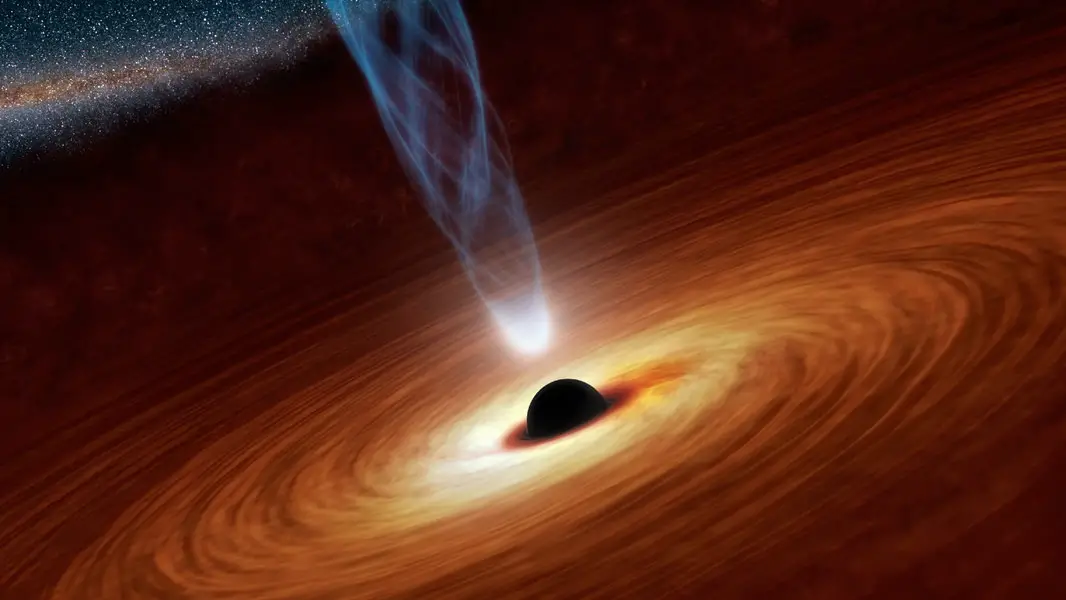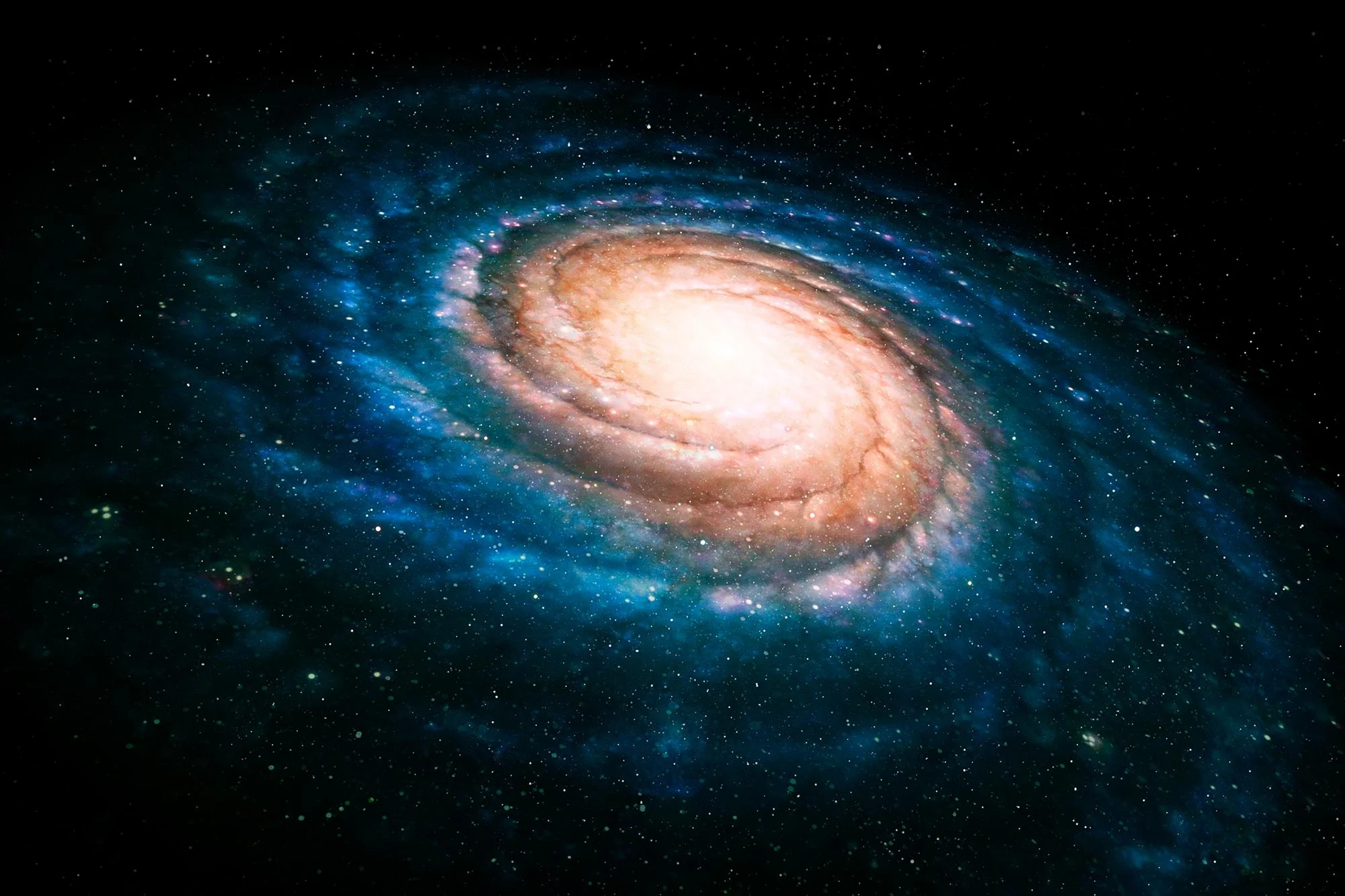Voyager 1, traveling at 35,000 mph, will take 80,000 years to reach Proxima Centauri.
Key Takeaways:
- Humanity has sent probes beyond the Solar System, but interstellar travel remains out of reach.
- Even the fastest spacecraft would take tens of thousands of years to reach another star.
- The vast distances between stars make conventional rocket travel practically impossible.
- Breakthrough Starshot proposes laser-powered probes that could reach Proxima Centauri in decades.
- Exploring our own Solar System offers immediate scientific rewards without the barriers of interstellar travel.
_________
Interstellar Travel: A Dream Distant as the Stars
In 2012, Voyager 1 became the first human-made object to enter interstellar space, marking a milestone in space exploration. However, reaching another star is a vastly different challenge. The spacecraft, which launched in 1977, travels at 35,000 mph but would take 80,000 years to reach Proxima Centauri, the closest star system. Even before leaving the Solar System entirely, Voyager 1 must traverse the Oort Cloud—a process expected to take another 20,000 years.
This immense timescale highlights the near-impossibility of interstellar travel with current technology. Chemical rockets face the “tyranny of the rocket equation,” where adding more fuel increases weight, requiring even more fuel. While theoretical propulsion methods exist, such as nuclear fusion or antimatter, none are remotely feasible today.
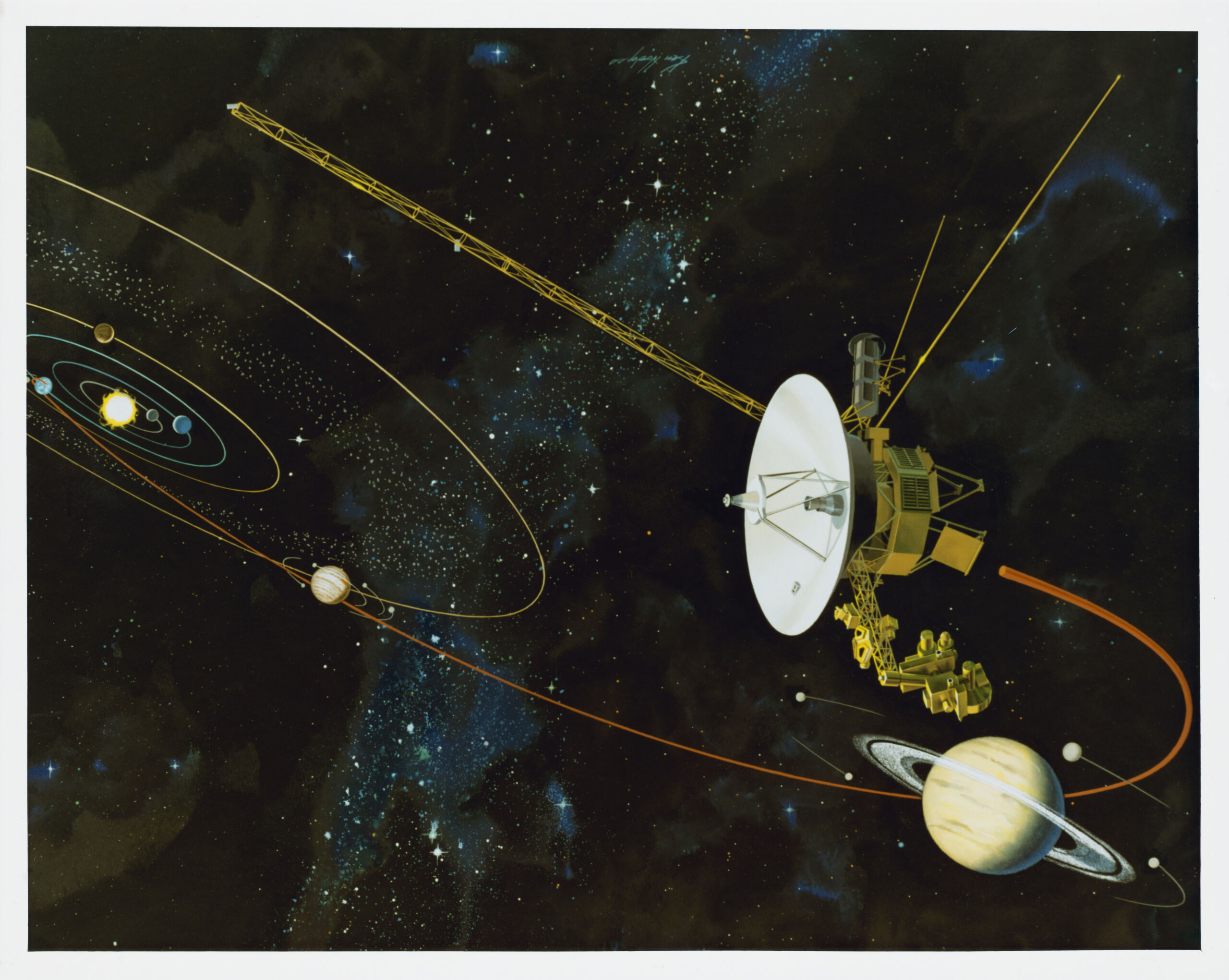
A Possible Future: Lightsails and Lasers
One of the most promising interstellar travel concepts is the Breakthrough Starshot Project, which proposes using a powerful Earth-based laser to propel a tiny spacecraft attached to a lightsail. The laser would push the craft to 10% the speed of light, allowing it to reach Proxima Centauri in about 40 years. However, this concept presents significant challenges, including the need for an ultra-powerful 100-gigawatt laser—comparable to the total energy output of the U.S. nuclear power grid. The sail must also withstand intense radiation without melting.
While Starshot is theoretically possible, it remains a distant goal. For now, the best path forward is deep exploration of our own Solar System. Moons like Europa and Enceladus may harbor life beneath their icy crusts, while Venus’ upper atmosphere and Mars’ ancient riverbeds hold vital clues about planetary evolution. Rather than fixating on distant stars, humanity has an entire cosmic backyard full of mysteries waiting to be unraveled.
